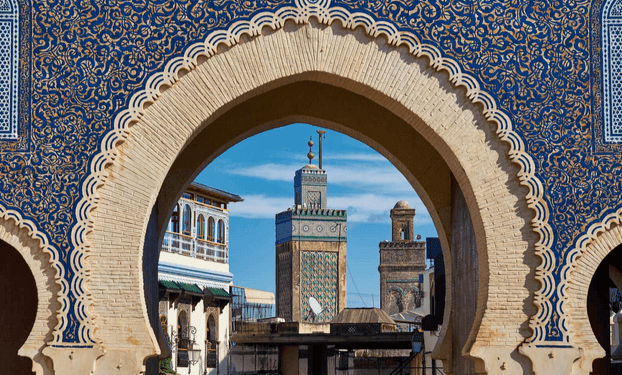
Morocco is not only a nation; it is a mosaic in life of the cultures stacked with time. Being a Moroccan cultural wanderer with my tales of wandering its winding medinas, sipping mint tea with the storytellers within the walls of Fez, dancing in Saharan festivals under the open skies, I now realize the fact that Moroccan culture is not stagnated. It changes, learns, transforms, but does not forget about its origins.
So, in the given article, we will visit the centuries and see how the unique identity of the culture of Morocco was formed with its typical peculiarities and to what extend its culture and identity remain prospering in the present times.
Berber history and origins Ancient Berber heritage
Morocco has a long unbroken history, long before it was Morocco, before it was known as Morocco, it was inhabited by the Amazigh (Berber), the indigenous people of North Africa. Their customs, art, speech, and architecture are the foundation of the Moroccan identity.
In the sands of the Sahara to the Atlas Mountains, Berber culture can be on the view of:
Ancient rock scripts in tifinagh
The trance like beats of Amazigh music
Pottery and brightly colored textile that had been done by generations of makers.
In modern times, such practices still exist in the rural settings and are used as part of national festivals. My interest is in the culture of Amazigh, as it turned out to resist the process of colonization not militarily but through the oral story and regional practices.
The Arab-Islamic Influence: A Cultural melting pot
Islam had come in the 7 th century coming along with the Arab conquests transforming the religious, linguistic, and political landscape of Morocco.
Instead of wiping out Berber identity something beautiful occurred: fusion.

The mosques constructed in the Andalusian style, Arab calligraphy engraved to the zellige tiles, and recited Quranic verses with the Amazigh accents demonstrate that Morocco did not repeat the culture, but it rather combined it.
Important things of this period are:
The proliferation of Darija (Moroccan Arabic), a language full of Berber, French and Spanish influences
Islamic scholarship improved, in particular in the cities such as Fez, where the oldest-surviving university in the world (Al-Qarawiyyin) was founded.
Sugar, spice and local Moroccan herbs would bring a culinary boom of the East and the local Moroccan herbs and spices.
Morocco was a split-protectorate in the 20 th century, managed by French and Spanish protectorates. The result? Creating an abysmal duality in Moroccan life.
The colonial influence can be seen in the form of huge avenues, French pastry shops and art deco architecture in Rabat or Casablanca. The food and music in north, such as that of Tetouan, shows obvious Spanish Andalusian influence.
The best part that I like is the fact that, Moroccans wrote their own story through the help of art, poetry and music and managed to keep what they knew best and picked on whatever helped them out of colonial culture.
The Soul of Morocco: Food, Music and Rituals of the Day-to-day Life
When you ask a Moroccan to identify his or her culture he or she will not tell you about a monument. They will say: our food, our music, our tea.
Gnawa music is the spiritual songs of the African slaves who had given way to the creation of Gnawa music, which now symbolizes the Moroccan soul all over the world.
The couscous Fridays are simply not a food affair, but a ceremony of communion.
Mint tea is not a beverage, it is a language of welcoming.
You will even observe how the tradition is added to everyday moments even in big cities. Storytellers in the Jamaa El Fna square, henna tattooes at weddings, smell of cumin and cinnamon in every corners, nothing to do with performances, they are life.
The Modern Shifts: Youth, Globalization and a New Moroccan Identity
In our time, Moroccan culture makes a wonderful balancing act between the sides of tradition and modernity.
Youth in Casablanca are wearing jeans and in one sentence they speak three languages, they still observe Ramadan fasting and travel to the village to see their grandmother in holidays. Amazigh jewelry is combined with hip-hop on Instagram reels. Women reconcile career and culture.
